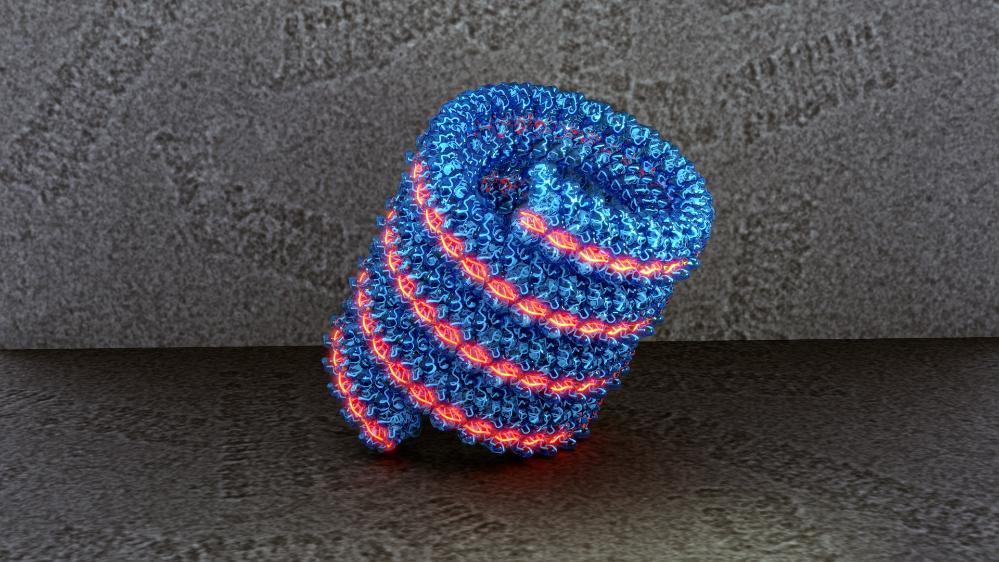October 4, 2022
Researchers at UOW’s Molecular Horizons unlock structure of a protein from bacteria-killing virus
Half-century long mystery is solved
A report published (Monday, 26 September) in the high-impact international journal Nature Communications has presented the first molecular structure of the viral protein Red-Beta. The research group, led by Dr. Gökhan Tolun at the University of Wollongong (UOW), determined this structure using the world-class cryogenic-electron microscopy facility at Molecular Horizons.
Red-Beta is a protein produced by the lambda virus that infects the common Escherichia coli (E. coli) bacteria.
DNA is the genetic material that encodes information for creating and maintaining life. Damage to DNA often has dire consequences, such as mutations causing disease, including cancer and cell death. Therefore, several DNA repair mechanisms have evolved to prevent such disastrous outcomes. DNA recombination is one of these mechanisms.
Many viruses use specialised proteins like Red-Beta to perform DNA recombination - a means of combining separate pieces of DNA into a single piece - to repair and replicate their DNA while infecting a host cell.
By isolating and rapidly freezing proteins, powerful electron microscopes, such as those found at Molecular Horizons, can be used to visualise the molecular structure of these tiny particles, many of which are only a few millionths of a millimetre in length.
Researchers then use this crucial information to draw conclusions about how these proteins function, which can assist in understanding how viruses and other organisms recombine their DNA for repair and replication.
This knowledge can facilitate the discovery of new targeted antiviral drugs that can kill viruses, or guide development of more efficient genetic engineering tools.
Dr. Tolun has been studying DNA recombination for 22 years.
“I have been dreaming about seeing the structure of Red-Beta for more than 20 years, since I started my PhD in 2000. All these years, I waited for someone to determine and publish this structure. It feels surreal that my research group is the one who did it!"
“I vividly remember the first time a member of my team, PhD student Tim Newing, sent to me the Red-Beta structure that he was working on. It was hard to believe my eyes that I was looking at the structure of Red-Beta, determined in my own research group, thanks to my team.”
Since its discovery over half a century ago, Red-Beta has been used as a model for understanding how viruses and other organisms recombine their DNA.
The structure of Red-Beta has provided a never before seen look into how this protein binds to DNA and allowed the most detailed analysis to date of how this class of proteins functions at the molecular level.
The insights gained through studying Red-Beta can be applied to the understanding of similar proteins, found in humans, viruses and other organisms, and provides a new perspective on this essential biological process.
